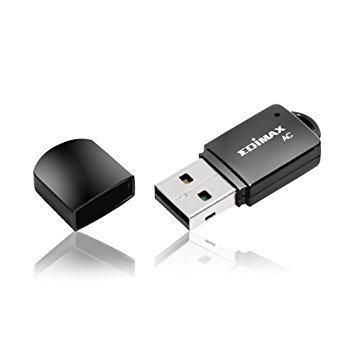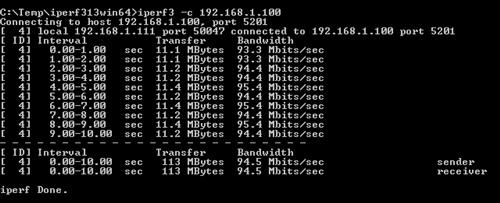

If it were on Windows, even if the drivers were not installed, looking in the device manager, that ID would be found in Details pane of the device itself, in the property “Hardware IDs”. It also lists the IDs ( 0bda:8812) which is what would be returned on Linux with the lsusb command, right next to ID. The box on the right contain all the information needed to identify the chipset manufacturer and model. Searching for “Alfa AWUS036AC wikidevi” returns me this page on WikiDevi. This can be done by one or more of these techniques: You first need to determine what wireless chipset your card uses. The next section describes the operating systems supported and limitations by chipset.
#Driver panda wireless pau05 software#
Knowing the wireless chipset manufacturer allows you to determine which operating systems are supported, software drivers you need and what limitations are associated with them. However, for our purposes, it is critical to know the wireless chipset manufacturer.

This is because card manufacturers generally don't want to reveal what they use inside their card. Unfortunately, it is sometimes the hardest to determine. This is the most important company to know. The second manufacturer is who makes the wireless chipset within the card. There are many, many manufacturers beyond the examples give here. Examples of card manufacturers are Netgear, Ubiquiti, Linksys, Intel and D-Link. The first is the brand of the card itself. There are two manufacturers involved with wireless cards.


 0 kommentar(er)
0 kommentar(er)
